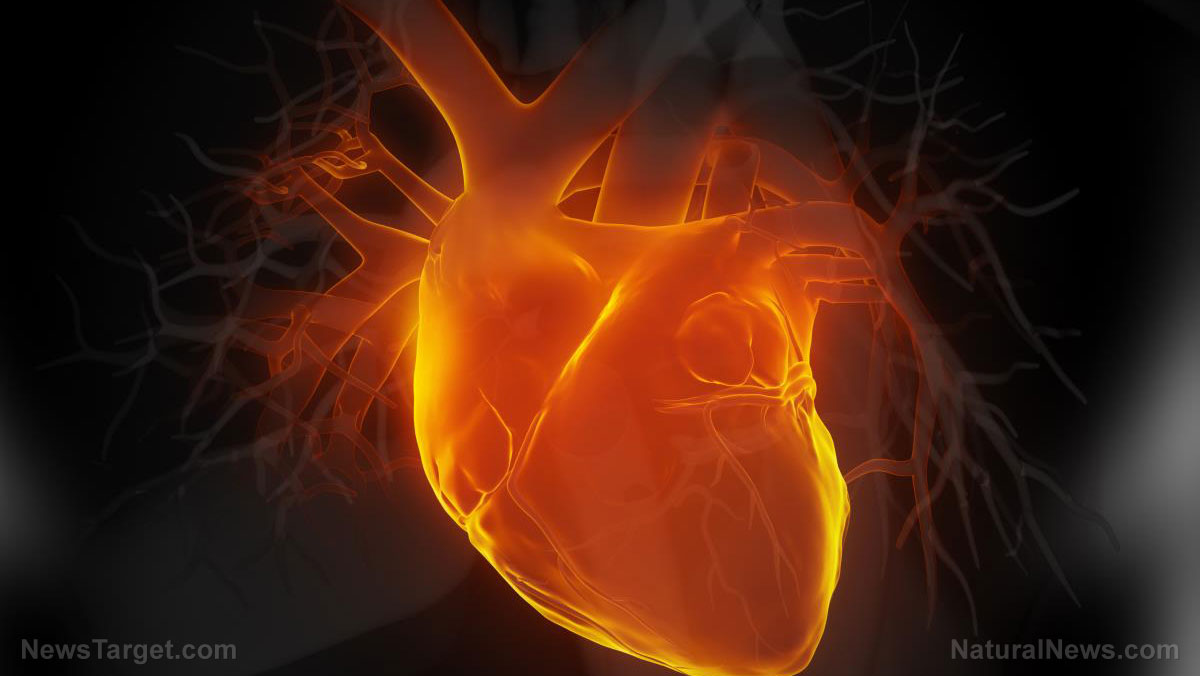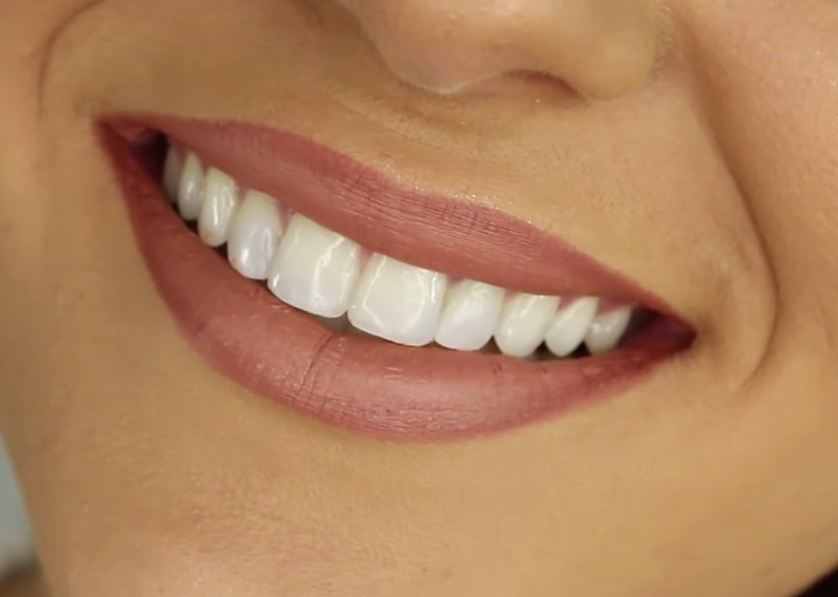Revolutionary technology can diagnose heart and lung disease from a patient’s breath
12/26/2017 / By Ralph Flores

Looking for signs of heart and lung disease in the future could just be as easy as checking your breath, according to experts who participated in the first East Midlands Breathomics Pathology Node (EMBER) Industry Symposium.
The EMBER symposium, held at the University of Leicester, examined the most recent advancements in technology could be used in order to provide more accurate assessments for conditions such as asthma, pneumonia, heart failure, and chronic obstructive pulmonary disease (COPD) without resorting to invasive procedures. (Related: Simple breath tests could detect lung cancer.)
In its current state, a group of physicians and research staff from the university’s hospitals is gathering breath samples from patients who were admitted to the hospital because of an acute shortness of breath. After collecting the samples, these were sent out to the university, as well as Loughborough University, for further chemical analysis. This included running the sample through a machine in order to create a “map” of the chemicals that were found in that breath. The map would then be used to identify markers or signs that would provide a more accurate picture of the overall health of the patient, and enable physicians to choose the best route in treating any conditions found.
“When a patient comes into the hospital they don’t say ‘I have heart failure’, they describe their symptoms and clinicians try to find the cause of those symptoms to make a diagnosis. However, our current diagnostic tools are not always sensitive and specific enough to pick up certain conditions in their early stages, such as diseases deep in the lungs,” Professor Salman Siddiqui from the Leicester Biomedical Research Center of the University of Leicester explains. “This breath analysis could be a quick way to accurately identify the cause without the patient requiring an invasive procedure or multiple scans. This means we could give the patient the best chance of recovery, reduce exposure to drugs with potentially harmful side effects, and reduce readmission rates.”
Currently, non-invasive methods of diagnosis have been a field that has been getting attention recently. In Sweden, researchers from the University of Gothenburg have figured out a way for drug testing through examining different compounds in a person’s breath. In their report, published in the Journal of Breath Research, they demonstrate the viability of non-invasive testing and monitoring of patients by “analyzing externally-produced compounds in the lining fluid of the airways.”
To prove their hypothesis, breath samples of 13 people who were undergoing methadone treatment were taken. The samples were then investigated to determine if traces of the drug could be distinguished from their breath. This was tested in two ways — electret filtration and impaction — to determine which of the methods would prove to be more effective in determining trace chemicals from human breath.
The results showed that both methods were able to trace methadone. While the concentration of the drug in the breath sample was lesser than that of filtration, researchers say that the method could be further improved to include the examination of lung disease, as well as airborne contamination.
An earlier study had already pointed out the benefits of breath analysis in medical diagnosis: it is inexpensive, non-invasive, and can be done under a minimal amount of time. Additionally, the impact of breath analysis has a far-reaching effect aside from medicine. It can be also used for environmental monitoring (an example of which is checking ambient air levels as well as its direct effects) and security.
To learn more about how breath analysis can impact the future of medicine, go to Medicine.news today.
Sources include:
Tagged Under: breath analysis, discoveries, disease diagnosis, EMBER, future tech, Hospitals, medical technology, non-invasive, research




















